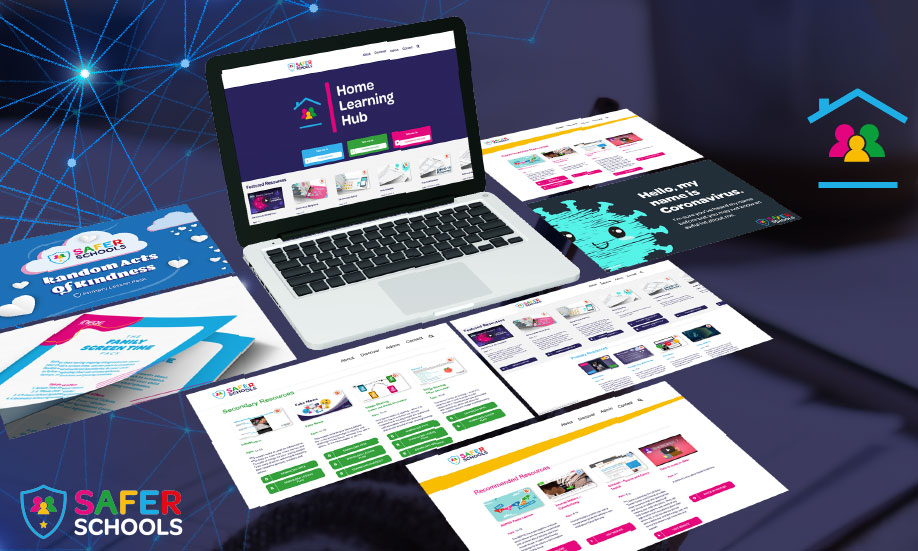This blog is about Assistive Technology and how it can be used to include children with additional needs in digital spaces.
Our Makaton video will enable children to build a trusted team of adults who they can rely on for help, support and guidance.
INEQE Safeguarding Group values an online world that’s not only safer but one that’s more inclusive to all. That means creating accessible resources and content to empower parents, carers and safeguarding professionals to support the children in their care.
To make our videos more accessible to children and young people with special educational needs, we’re incorporating Makaton, a special language programme that uses signs, symbols and speech to communicate.
Check out Holly’s video below on Trusted Adults, which supports our newest educational resources which you can find here.
Another way to create a more accessible online space is using Assistive Technology.
Technology is an important part of our lives, and as current restrictions have limited physical contact, it’s become even more important to be connected safely.
Despite its importance in our lives, children and young people living with disabilities can face barriers to accessing technology. Technology can help reduce isolation and improve independent access to education and it can also support children and young people living with disabilities and additional needs to communicate.
Understanding Assistive Technology
Assistive technology refers to anything that helps a person to function independently, allowing them to live a healthy and dignified life.
When it comes to using assistive communications technology on electronic devices there are a number of useful functions.
Join our Online Safeguarding Hub Newsletter Network
Members of our network receive weekly updates on the trends, risks and threats to children and young people online.














